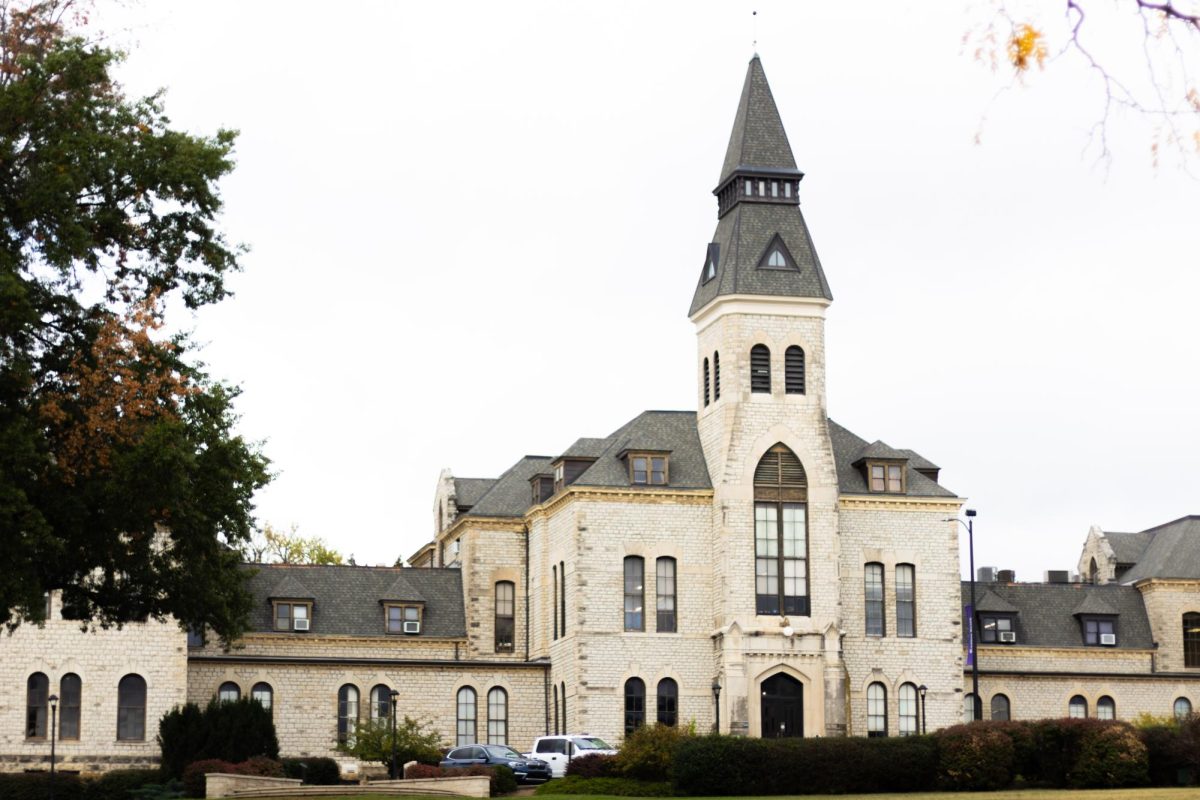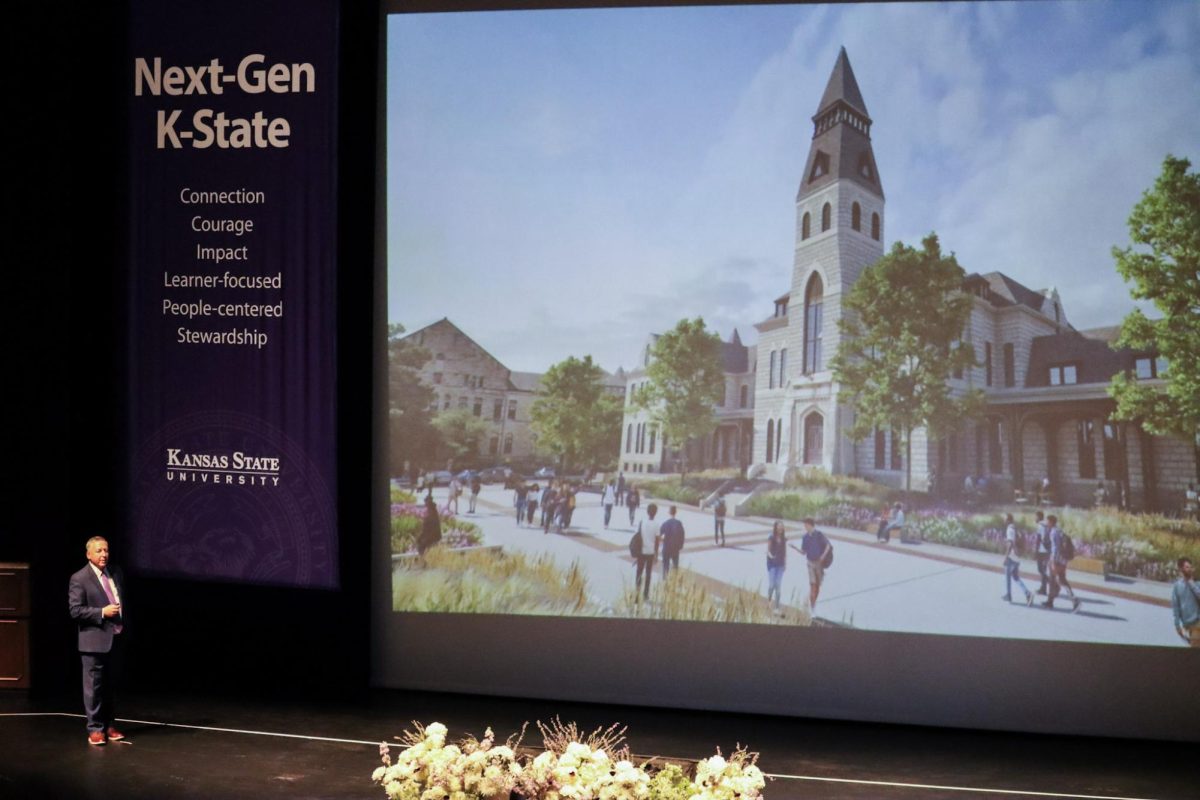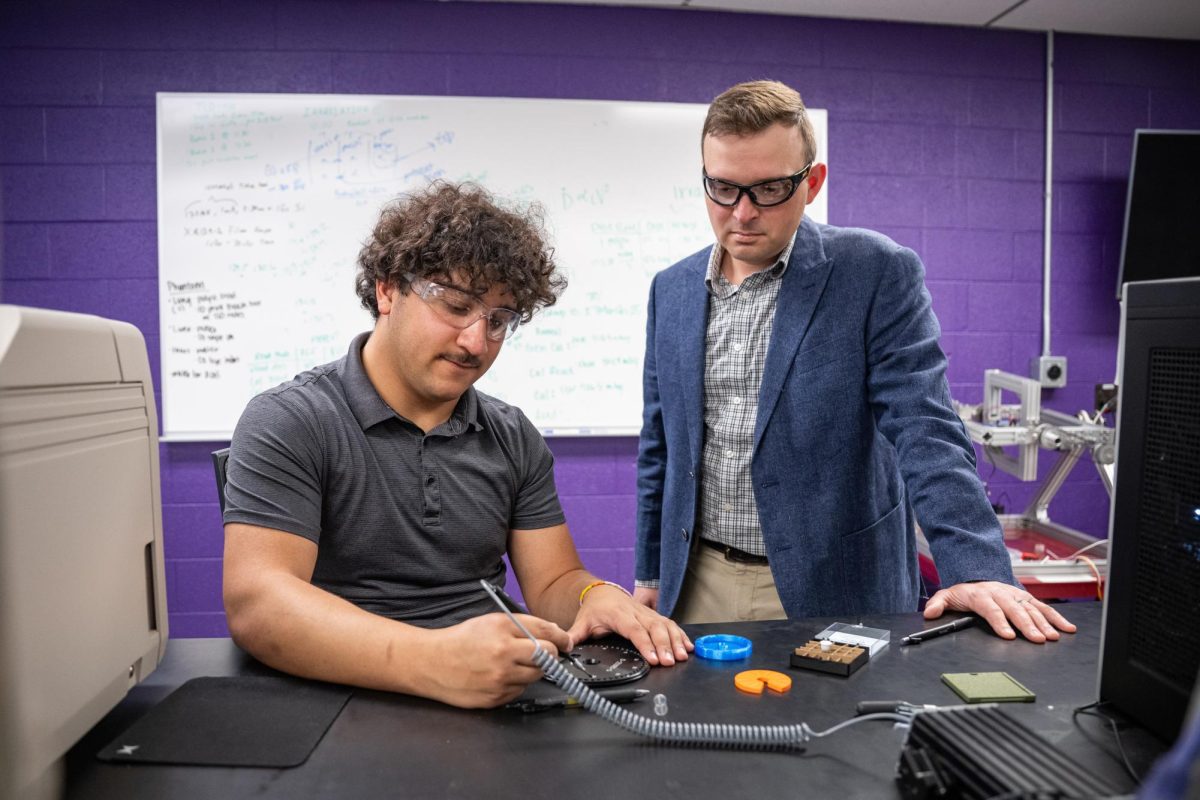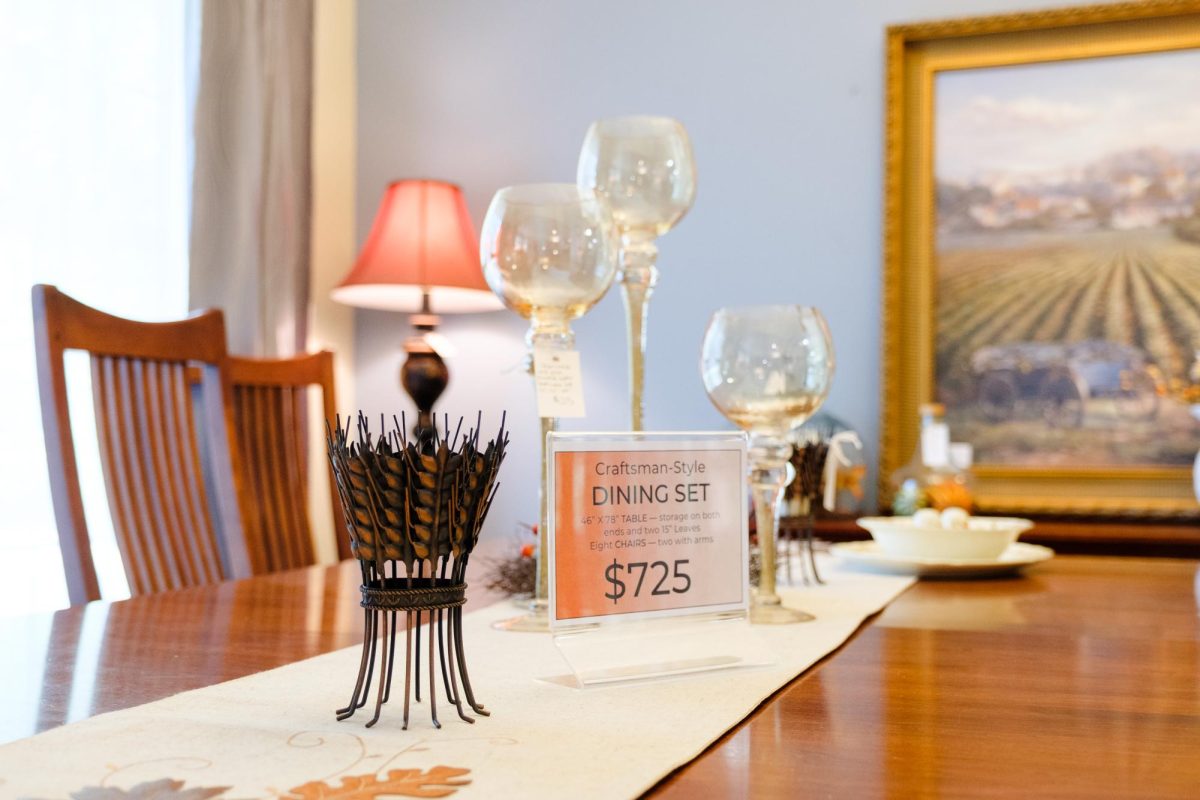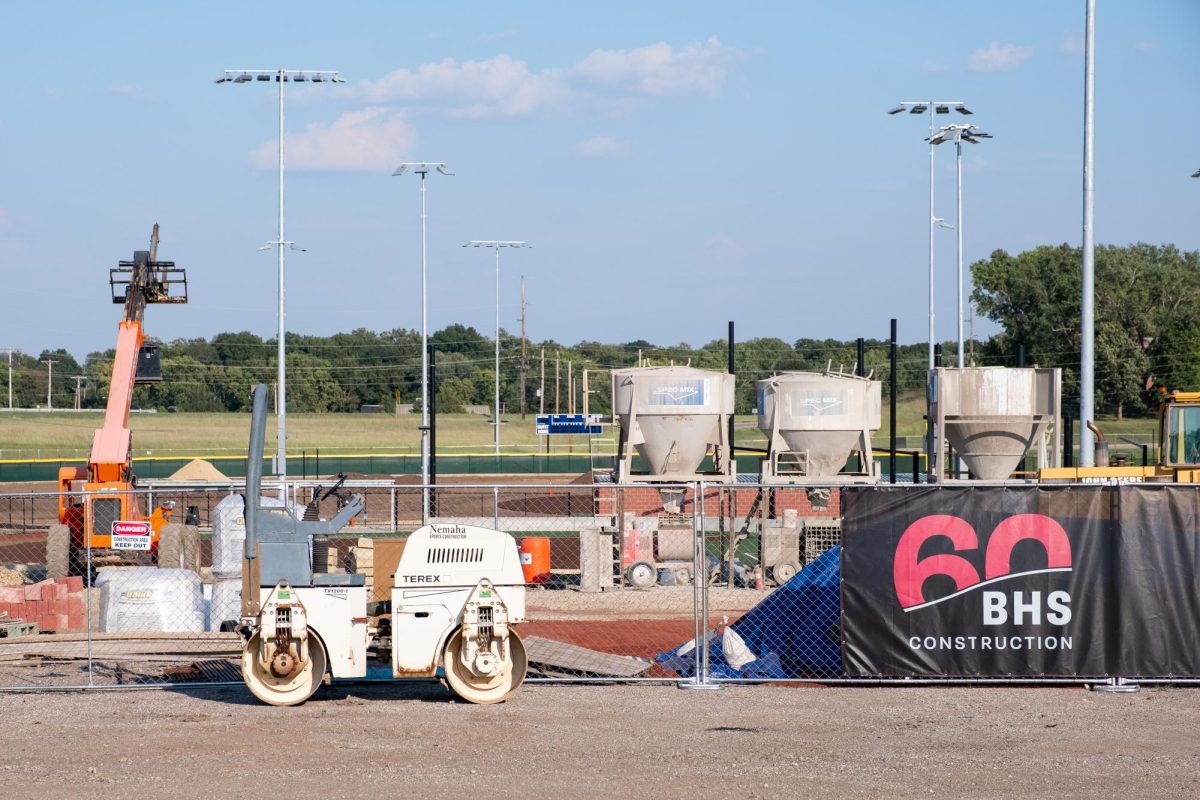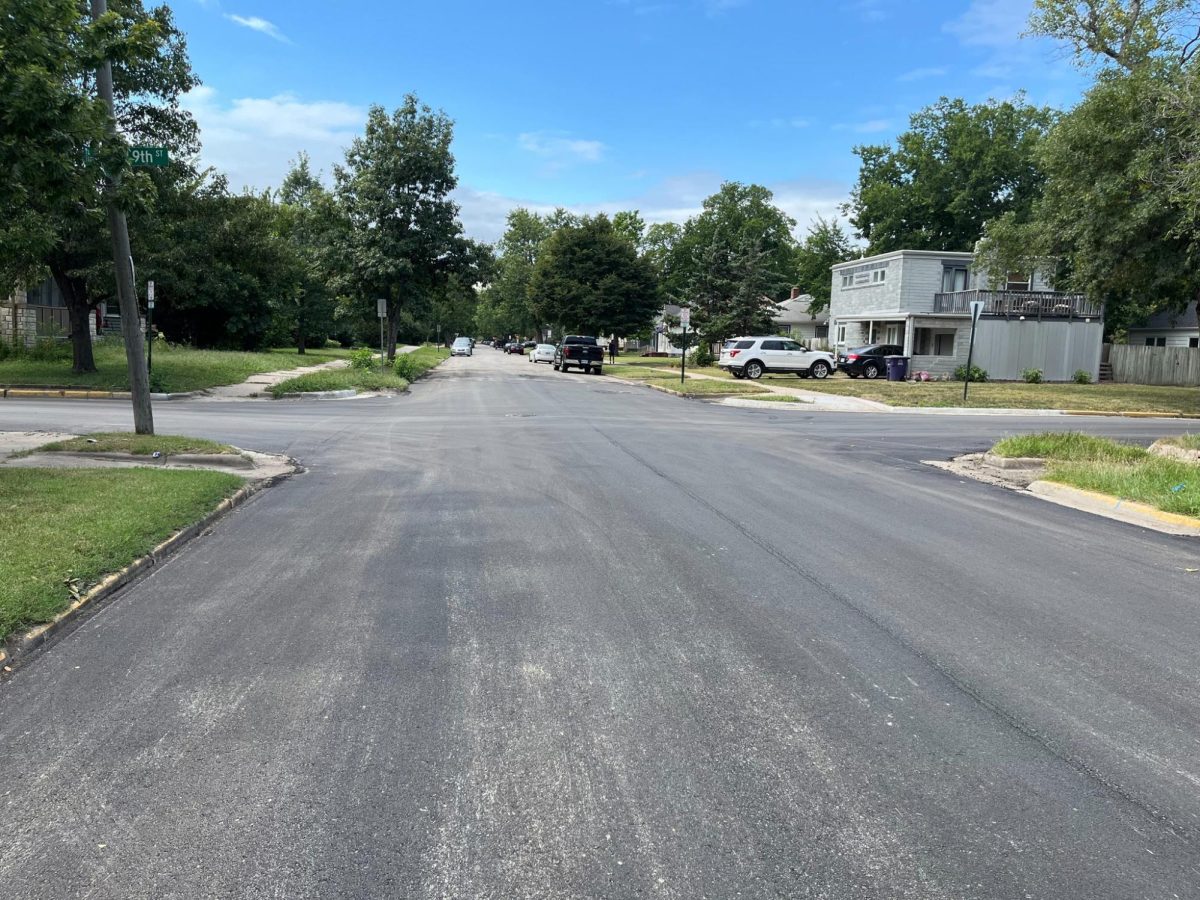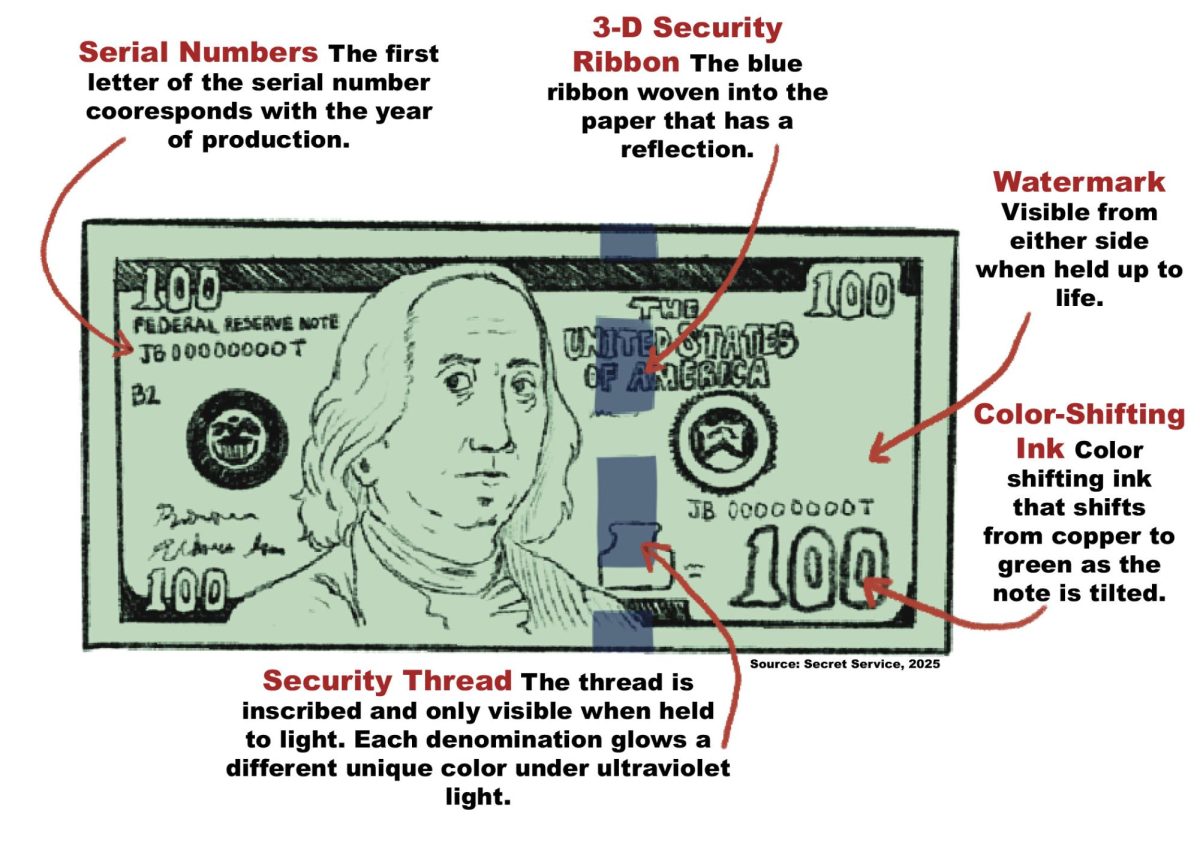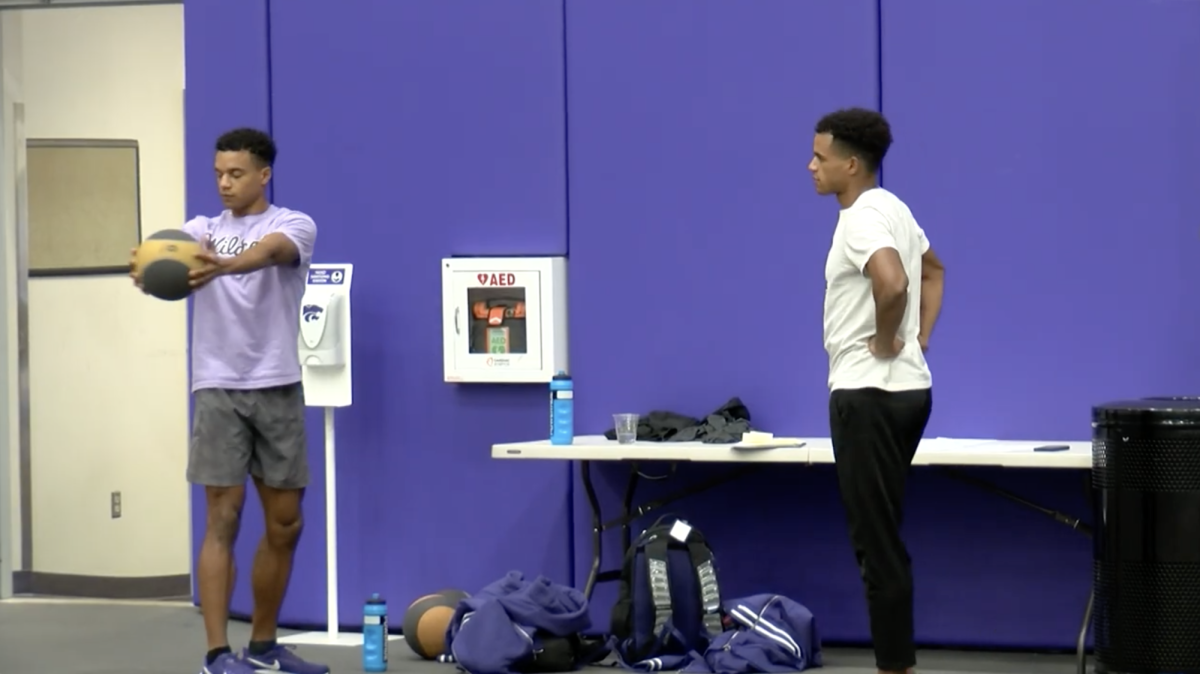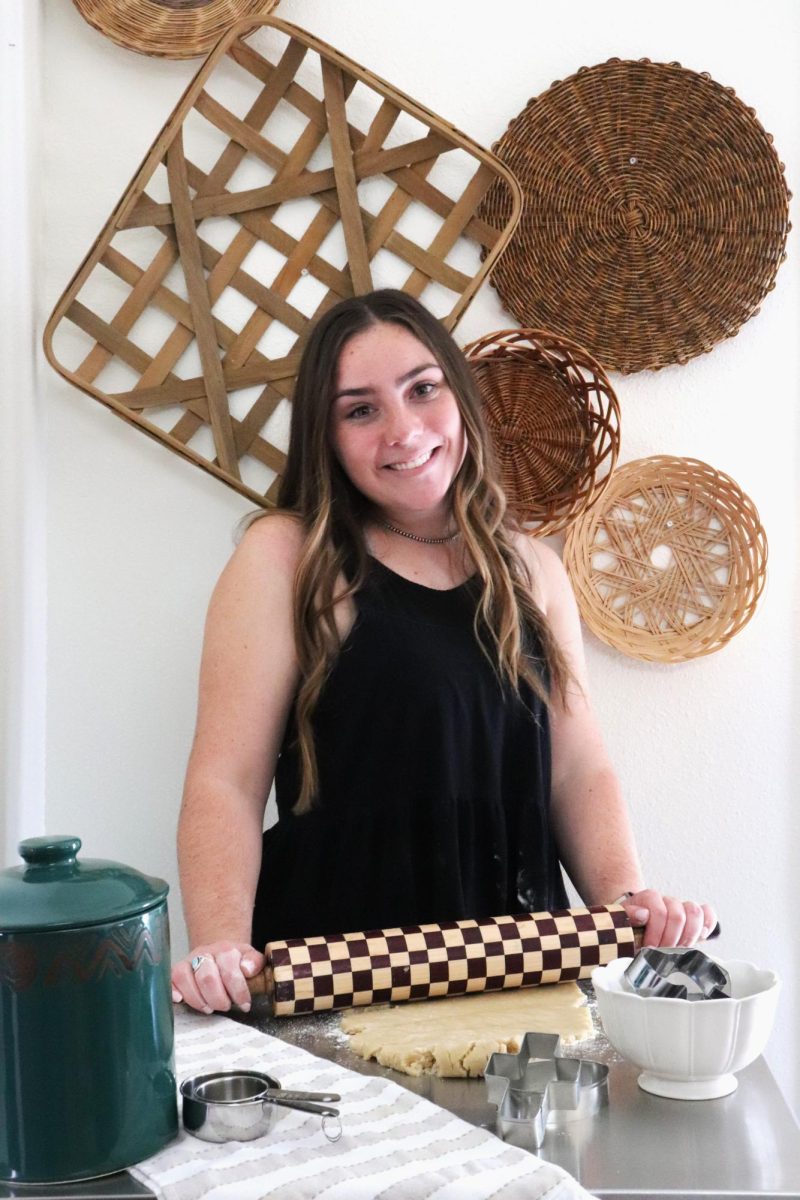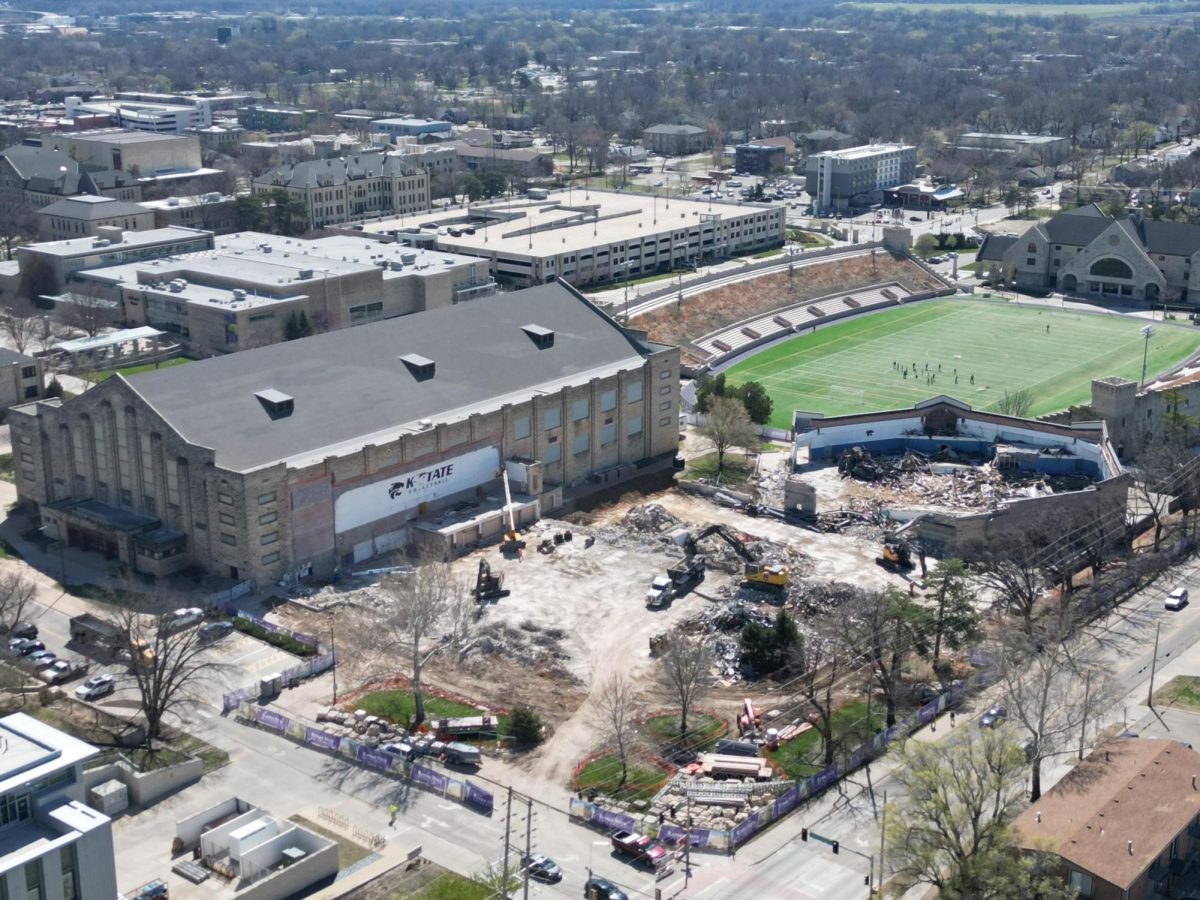Choosing the right student desks matters for any school that wants to build a comfortable and productive classroom. Desks are more than just a surface for writing; they are central to student comfort, focus, and overall classroom functionality. Thoughtful selection can significantly impact daily activities and long-term well-being in the classroom. When considering classroom desks for schools, it’s wise to think about various aspects beyond just the initial cost. The ideal desk supports different learning styles and promotes an engaging atmosphere for students of all ages. Investing in quality desks can actually save money over time by reducing the need for frequent replacements. There are many features that contribute to a well-designed and functional student desk, ensuring a positive impact on the educational experience.
Ergonomics and Adjustability
Ergonomics are incredibly important when selecting student desks because they directly affect student health and comfort. Desks that support proper posture can help prevent back and neck pain, allowing students to focus better on their lessons. Look for desks that are adjustable in height, which is particularly beneficial as students grow throughout the school year or when desks are used by different age groups. Some desks let students switch between sitting and standing, which helps them move more and avoid the strain of sitting too long. This flexibility allows students to choose the position that feels most comfortable and helps them stay engaged. Ergonomic features help create a healthier classroom and boost students’ learning. Students who are comfortable are more likely to participate actively and retain information more effectively.
Durability and Materials
Schools need furniture that can withstand the daily wear and tear of active classrooms. Durability is a key factor to consider when purchasing student desks. Look for desks made from strong, resilient materials such as high pressure laminate tops or solid plastic surfaces, combined with steel frames. These materials resist scratches, dents, and stains, helping the desks look suitable for years. Easy to clean surfaces are also a huge plus, especially in elementary school settings where spills and messes are common. Investing in robust materials means the desks will last longer, reducing the need for costly replacements. This foresight contributes to the school’s budget and provides a consistent learning environment for many years.
Storage Solutions
Effective storage solutions in student desks can greatly reduce classroom clutter and help students stay organized. Many desks come with built in storage options, such as open front book boxes, enclosed drawers, or convenient under desk compartments. These features provide a designated space for textbooks, notebooks, and other school supplies, keeping the desktop clear for learning activities. Integrated storage helps students develop organizational skills, which is a valuable life lesson. It also helps teachers keep the classroom in order and ensure materials are easily accessible. When students have their supplies neatly stored, it minimizes distractions and maximizes their learning time.
Mobility and Flexibility
Modern classrooms often require furniture that can be easily rearranged to support various teaching methods and group activities. Desks with casters or wheels offer excellent mobility, allowing for quick transitions between individual work, small group collaboration, and whole class discussions. Locking casters are important to ensure that desks stay securely in place once they have been positioned. Flexible desk designs can transform a traditional classroom into a dynamic learning space. This adaptability empowers teachers to implement diverse instructional strategies and respond to the immediate needs of their students. The ability to reconfigure the classroom layout with ease supports a more engaging and interactive educational experience for everyone.
Design and Aesthetics
While functionality is paramount, the design and aesthetics of student desks also play a role in creating an inviting classroom. Desks come in many shapes, sizes, and colors, making it simple to choose ones that fit the classroom’s style. Collaborative desks, for example, often feature unique shapes like trapezoids or boomerangs that fit together to form larger group workspaces. A well designed classroom with appealing furniture can enhance student morale and create a more positive atmosphere for learning. Considering the overall look and feel of the desks contributes to a harmonious and stimulating educational environment.
Selecting the proper student desks involves carefully evaluating several important features to ensure a beneficial learning space. Prioritizing ergonomics, durability, practical storage, and flexible mobility provides a foundation for successful instruction. The aesthetic appeal of the desks also contributes to a positive and engaging atmosphere. Thoughtful consideration of these elements empowers schools to make informed decisions that support student well being and academic achievement for years to come.

